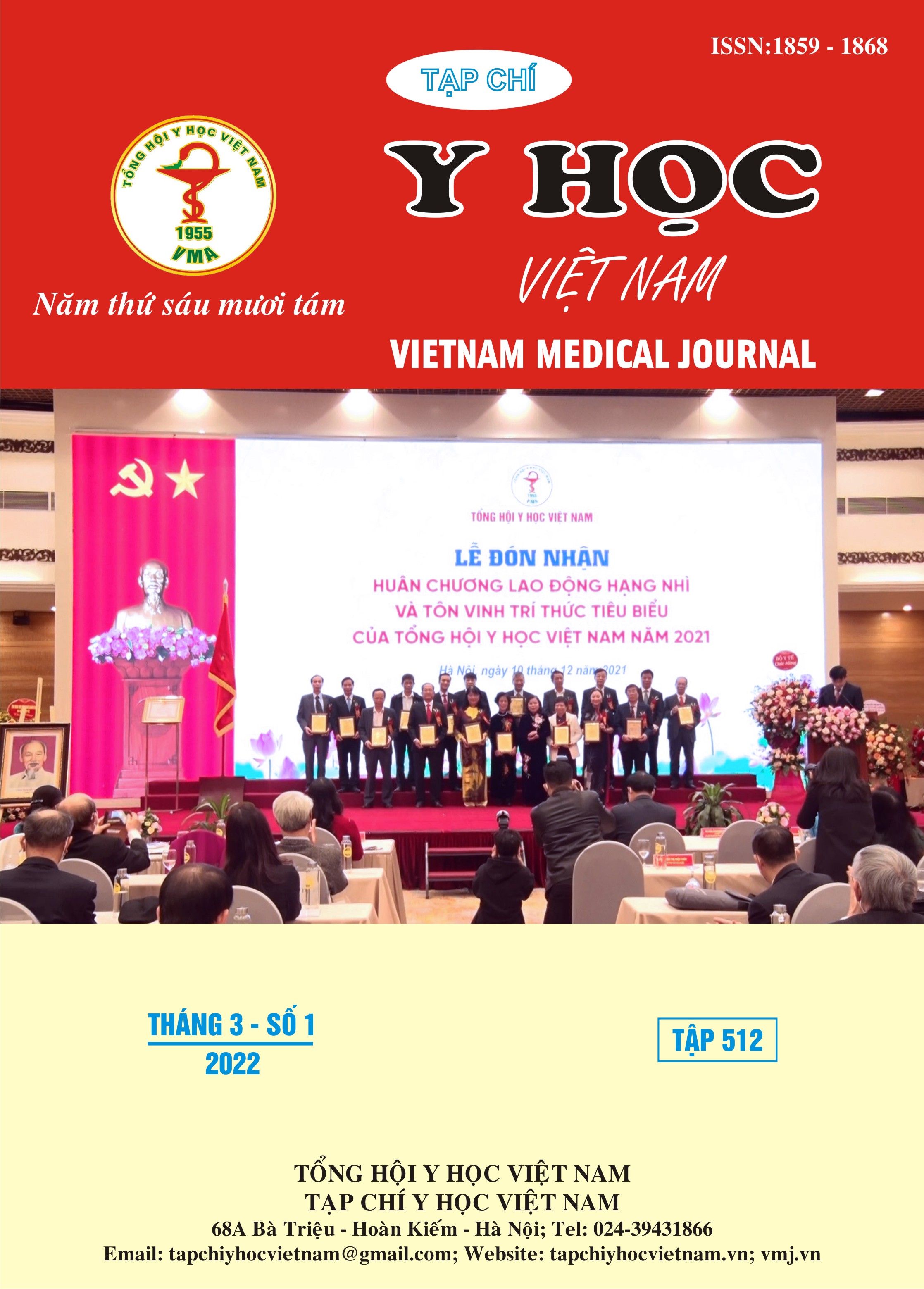EVALUATION OF MARGINAL AND INTERNAL FIT OF LITHIUM DISILICATE INLAYS FABRICATED BY CONVENTIONAL AND DIGITAL IMPRESSION TECHNIQUES
Main Article Content
Abstract
Objectives: The aim of this study is to evaluate marginal and internal fit of lithium disilicate inlays fabricated by conventional and digital impression techniques. Materials and methods: 20 typodonts of the first right mandibular jaw were prepared for the distal-occlusal ceramic inlays at the Preclinical Department, Faculty of Odonto Stomatology, University of Medicine and Pharmacy, Ho Chi Minh City. This study divided ceramic inlays into 2 groups, group 1 including of 20 inlays was made impression by conventional impression (CI) technique, and group 2 including of 20 inlays was made impression by digital impression (DI) technique. All inlays were CAD-CAM milled with lithium disilicate blocks. The replica technique was used to measure marginal and internal adaptation by using stereomicroscopy. Results: No statistical significant differences were detected between groups CI and DI to marginal dicrepancies (p > 0,05). In addition, no statistical significant differences were detected between groups CI and DI to internal dicrepancies (p > 0,05). Conclusion: There were no significant differences in marginal fit and internal fit of lithium disilicate inlays fabricated by conventional and digital impression techniques.
Article Details
Keywords
Conventional impression, digital impression, lithium disilicate inlays
References
2. Beuer F., Schweiger J., Edelhoff D. (2008). "Digital dentistry: an overview of recent developments for CAD/CAM generated restorations". Br Dent J, 204(9), pp. 505-11.
3. Garcia D., Yaman P., Dennison J., et al. (2014). "Polymerization shrinkage and depth of cure of bulk fill flowable composite resins". Oper Dent, 39(4), pp. 441-8.
4. Goujat A., Abouelleil H., Colon P., et al. (2018). "Mechanical properties and internal fit of 4 CAD-CAM block materials". J Prosthet Dent, 119(3), pp. 384-389.
5. Guess P. C., Vagkopoulou T., Zhang Y., et al. (2014). "Marginal and internal fit of heat pressed versus CAD/CAM fabricated all-ceramic onlays after exposure to thermo-mechanical fatigue". J Dent, 42(2), pp. 199-209.
6. Hickel R., Peschke A., Tyas M., et al. (2010). "FDI World Dental Federation: clinical criteria for the evaluation of direct and indirect restorations-update and clinical examples". Clin Oral Investig, 14(4), pp. 349-66.
7. Homsy F. R., Ozcan M., Khoury M., et al. (2018). "Marginal and internal fit of pressed lithium disilicate inlays fabricated with milling, 3D printing, and conventional technologies". J Prosthet Dent, 119(5), pp. 783-790.
8. P. Philipp C., R. Agnieszka, răng cối lớn thứ nhất hàm dưới bên phảiS. Meike (2014). "Internal and Marginal fit of modern indirect class II composite inlays". J Dent, 3(3), pp. 99-105.


